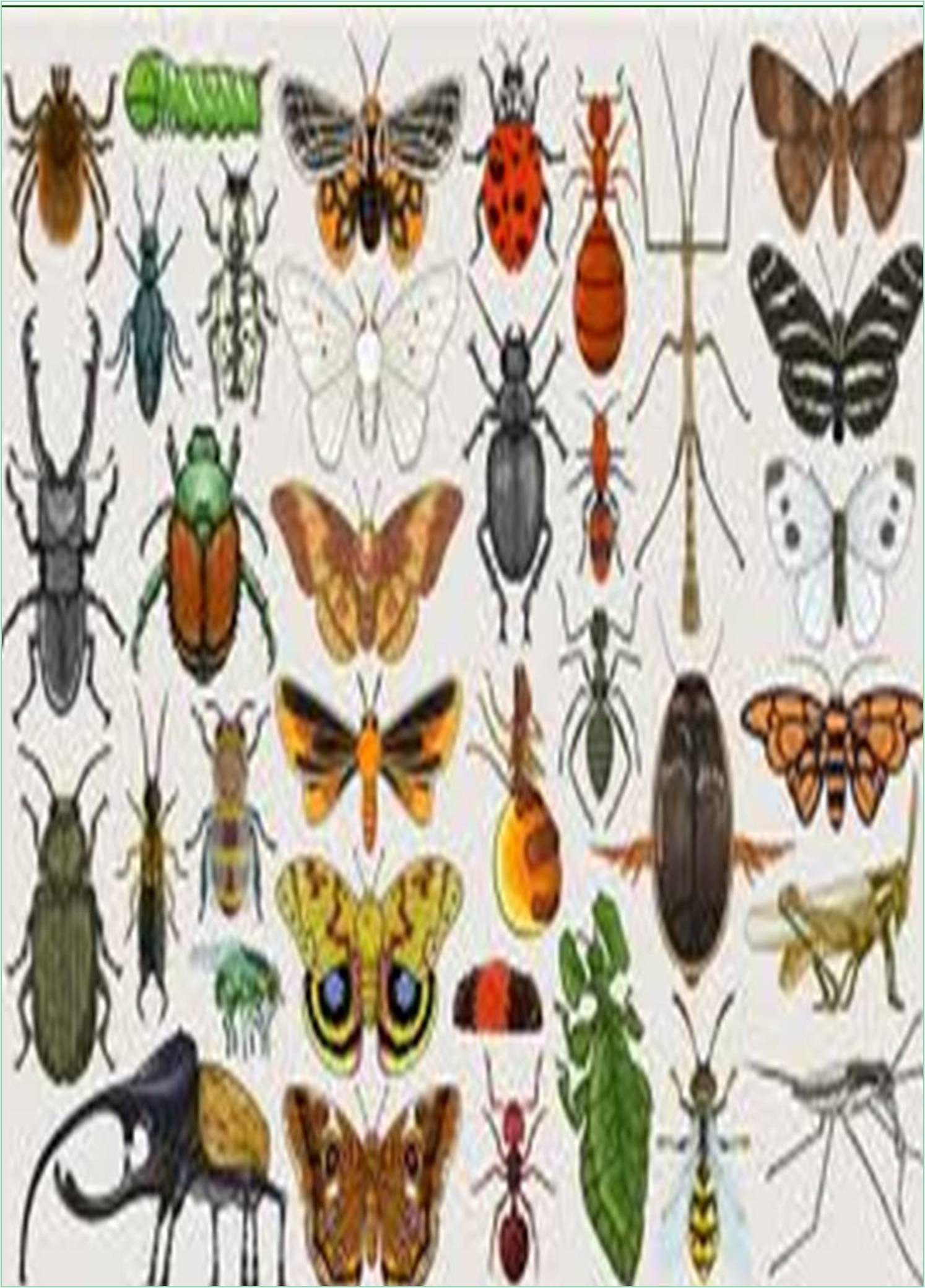



Received: 01-Jul-2022, Manuscript No. IJER-22-73220; Editor assigned: 04-Jul-2022, Pre QC No. IJER-22-73220 (PQ); Reviewed: 18-Jul-2022, QC No. IJER-22-73220; Revised: 25-Jul-2022, Manuscript No. IJER-22-73220 (R); Published: 01-Aug-2022, DOI: 10.15651/IJER.22.9.006
Forest habitats are varied natural systems that encompass almost one-third of the world's geographical area. Trees are critical for climate control and atmospheric absorption, among other key ecosystem level activities, emphasising the critical need for their long-term management and maintenance. While natural tree species make up the majority of the world's forests, commercial plantations make up a minor fraction (7%), with the usage of non-native trees expanding globally. Plantation forestry with exotic tree species predominates in some countries, such as South America, Oceania, and Eastern and Southern Africa, where industrial forestry has evolved rapidly and plays a significant part in regional economies.
Forest systems are usually resilient, but their health and vigour are impacted by natural disturbances such as fire, climatic events (e.g., wind and ice storms or drought) pests, and diseases, climate change is projected to aggravate all of these issues. Increasing abiotic and biotic stressors can have a detrimental impact on forests and contribute to the global forest area loss. The effects of abiotic influences, both natural and induced by humans, on forest ecology are well documented. For example, in certain dry forested parts of the Western United States, both naturally and human-caused fires may have sculpted enormous areas, resulting in a mosaic of forest and non-forest landscapes that influence nutrient cycles, forest regeneration, and species abundances and distributions. Furthermore, in mixed conifer forests in the Western Alps, dryness and wind have been recognised as important causes of increasing forest die-off events.
Herbivorous insects are essential components of natural forest ecosystems, where their variety and population dynamics both influence and are influenced by forest composition and structure. When a native bug produces minor disruptions to forests, for example, beneficial effects on plant and bird variety, as well as ecosystem function and services, may be observed. Insects, on the other hand, may have a severe impact on both natural and cultivated forests, causing substantial tree damage and mortality. Insects, for example, can harm up to 1.6 percent of the world's wooded land (35 million hectares) each year. This is particularly noticeable in the temperate and boreal zones, where natural trees dominate the terrain. In the United States, for example, forestland afflicted by insects is projected to be 40 times bigger greater than that impacted by wildfires, causing ecosystem carbon budgets and climate change.
Forest Insect Population Dynamics
As part of a food web, forest insect populations exhibit a range of dynamic patterns that can be influenced by a variety of variables, including biotic and abiotic forces. There are populations that have peaks of abundance (i.e., epidemics) and others that have continuously low numbers. Those species that erupt may do so in a cyclical or eruptive form with no discernible regularity. Cyclical outbreaks often occur in geographically confined foci and seldom extend extensively into adjacent regions, whereas eruptive populations expand widely from epicentres. A significant distinction is that, whilst the former seldom kills targeted trees, eruptive outbreaks are usually linked with severe damage, killing their host and expanding in search of new ones. At low densities, stable populations of forest insects are generally governed by negative density dependent feedbacks and top down pressures (i.e., natural enemies), and their equilibrium population densities might shift over time.
Populations that experience delayed negative feedbacks and hence display regular periodic breakouts, on the other hand, are frequently terminated by top down or bottom-up (host defensive) pressures. The amplitude of abundance cycles is determined mostly by whether environmental conditions are more conducive for herbivorous insect reproduction and survival (high amplitude) or for the host plant and natural enemies (low amplitude). Such cyclical populations are typically connected with defoliating insects, which seldom cause significant mortality to their host tree. Finally, eruptive outbreaks populations that persist at very low densities for extended periods of time before abruptly increasing to extremely high densities and spreading are usually driven by rapid disruptions such as a severe climatic event or perhaps by gradual changes.